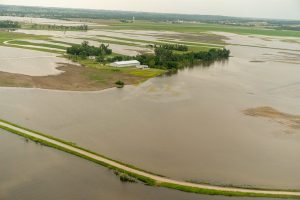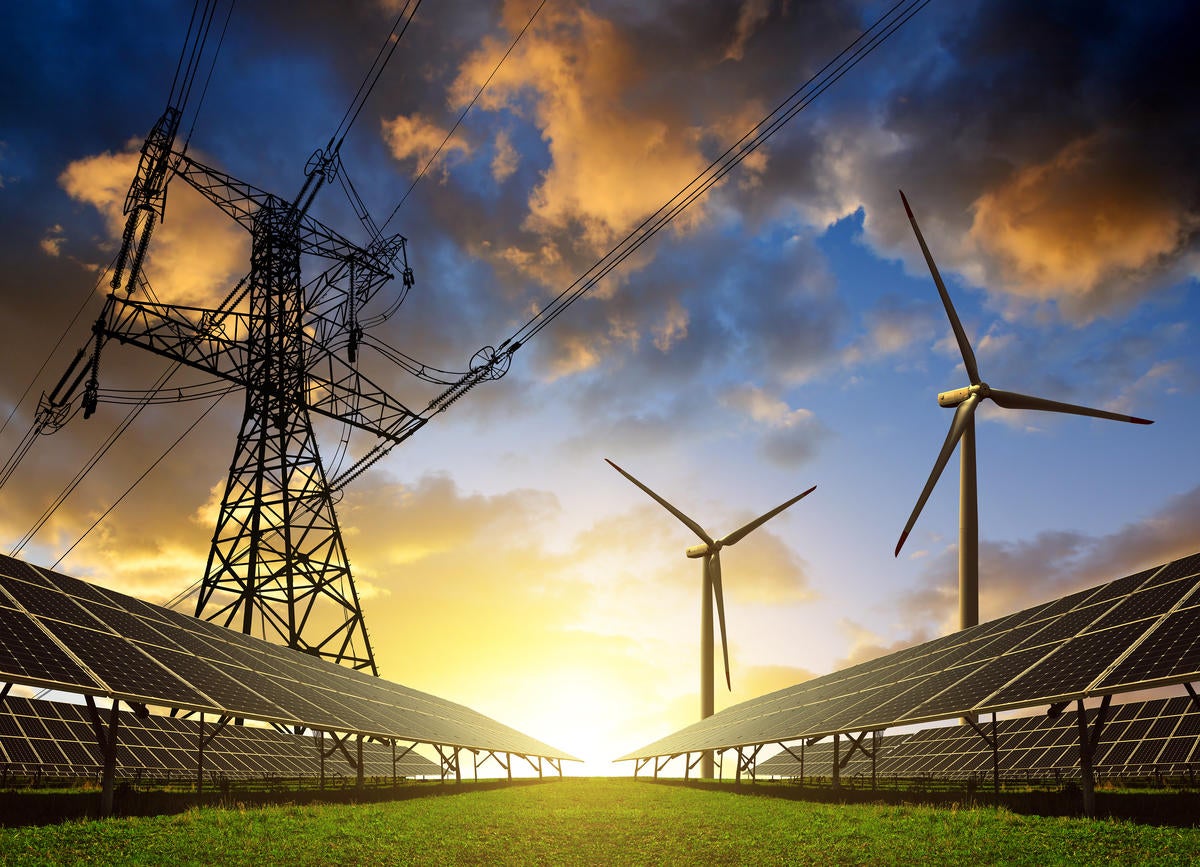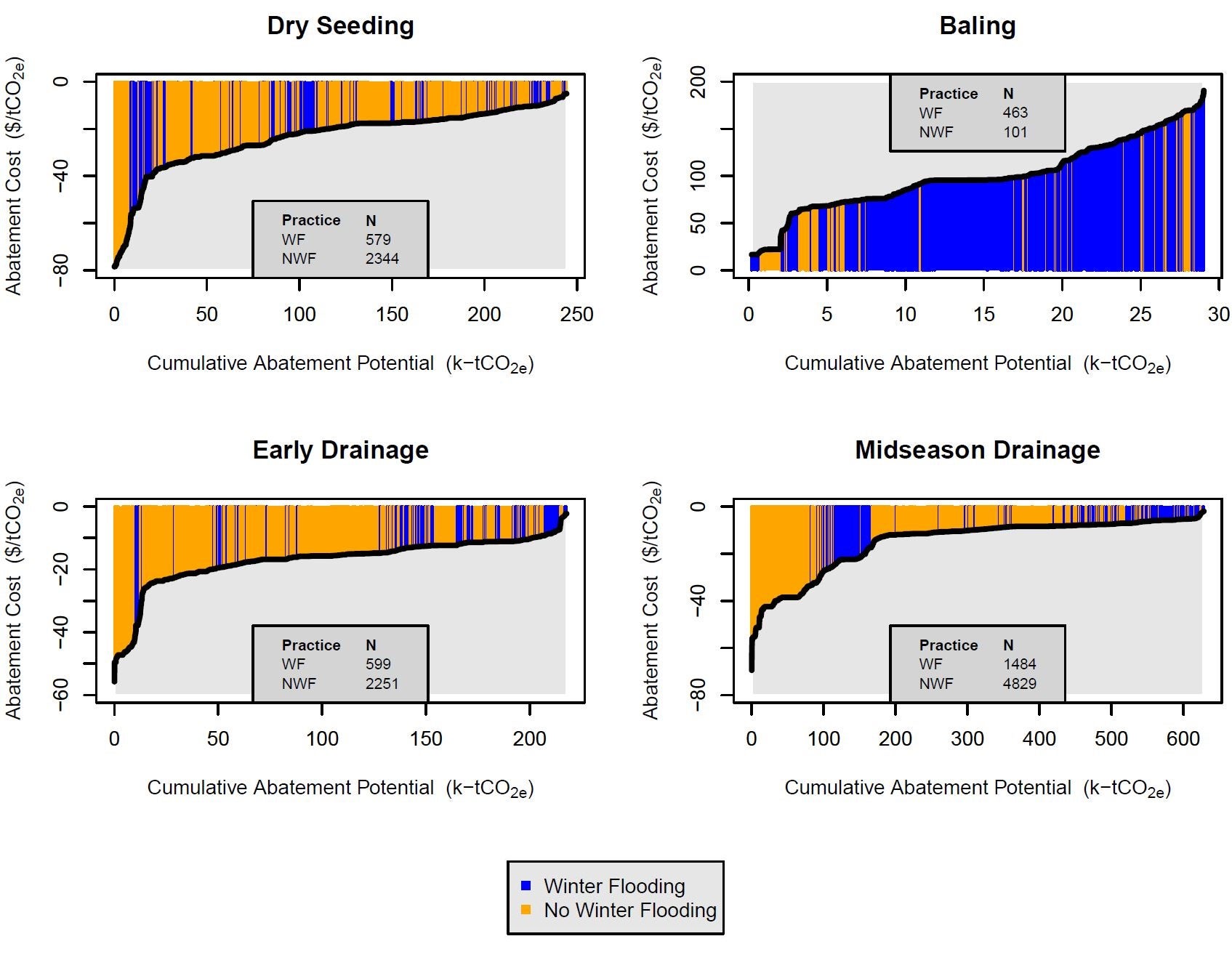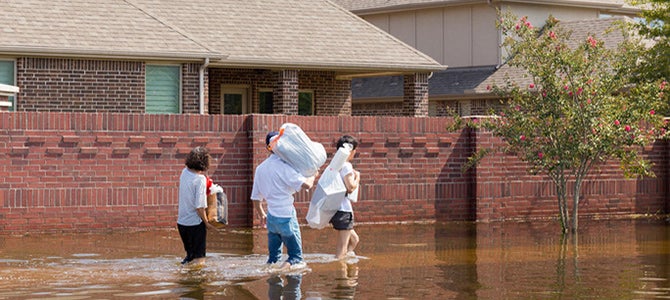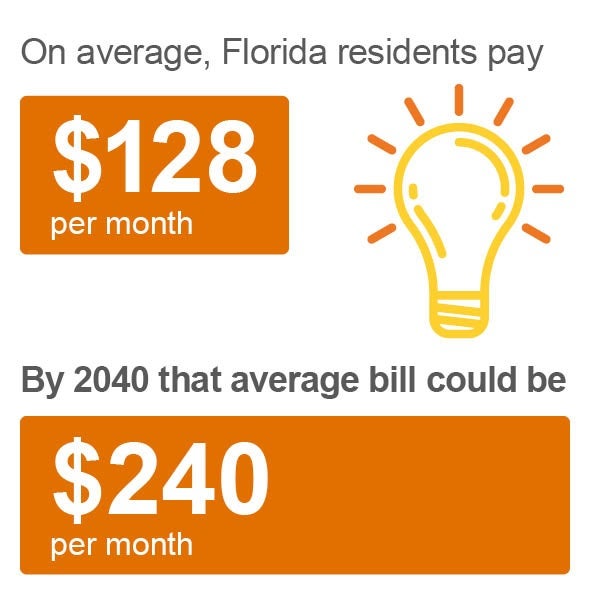This blog was co-authored by Jeremy Proville, Director: Office of the Chief Economist, and Ananya Roy, Senior Health Scientist at EDF.
New analysis finds that prevalent methods of assessing impacts of air pollution underestimate pollution’s health impacts on people of color.
Everyone has the right to breathe clean air. Yet communities of color, falsely labeled as “hazardous” in the 1930s, experienced decades of depressed property values and higher siting of industrial facilities and highways, resulting in higher exposure to air pollution. Environmental racism like this causes unjust, unequal health harms.
Yet the issue of Environmental Justice and its impact on health extends beyond disparate exposure alone. Communities of color are exposed to higher levels of air pollution and are more vulnerable to that air pollution. Racist policies, institutional practices, and disenfranchisement have caused disinvestment in housing, transportation, economic opportunity, education, food, access to health care, and beyond in these communities. All of these overlapping inequities not only manifest in health disparities for these families, but also result in greater health impacts from pollution exposure. In fact, a recent study of 60 million Medicare beneficiaries found that older Black people are three times more likely to die from exposure to pollution than white people when exposed to the same levels of fine particle air pollution or soot.
The federal government usually assumes that air pollution exposes everyone to the same risk. Yet the risks are not the same. The disparate harm caused by pollution to Black and Hispanic communities cannot be ignored, and should be addressed directly in estimating the benefits and costs of pollution policies in order to ensure that everyone’s health and wellbeing is protected.
New research uncovers how pollution impacts have been underestimated
In a new journal article in Environmental Health Perspectives, EDF researchers and Carnegie Mellon University professor Nicholas Muller leverage this new understanding of racial/ethnic disparities in air pollution-caused mortality risks. The work seeks to understand the policy impacts of using race/ethnic-specific inputs rather than using data inputs that average the effects across all populations.
We find that using data inputs that average health response across race/ethnicity (effectively ignoring these real differences across groups) leads to:
- An underestimate of the overall mortality impacts of air pollution to all populations by 9%
- An undervaluation of the total costs of pollution across the country by $100 billion.
But this is even more damaging for Black families, as taking into account the larger impact of pollution on their health would increase their estimated pollution-caused burden by 150%.
This has real-world implications for cost-benefit analyses associated with air pollution improvement policies. For example, the Mercury Air Toxics Standard (MATS), a policy that helped reduce pollution from the electric sector, provided much larger benefits to Black people than previously understood: by not accounting for the fact that air pollution is more harmful to these communities, an assessment of the policy would underestimate MATS’ benefits to Black families by 60%.
Changing approaches at the federal level
In EPA’s Policy Assessment for the Reconsideration of the Particulate Matter National Ambient Air Quality Standards (PM NAAQS), the agency has used, for the first time, methods similar to our study to assess the distributional benefits of strengthening the standard.
The results indicate that, when considering both exposure and vulnerability differences across race/ethnicity, older Black people in 30 metropolitan areas bear 27% (13,600 premature deaths) of the mortality burden of PM2.5 at an annual PM2.5 standard of 12 µg/m3, despite making up only 13% of the total population. Strengthening the annual PM2.5 standard from 12 to 8 µg/m3 would result in 4,260 fewer air pollution-attributable premature deaths in Black communities (representing 31% of the total prevented PM2.5– mortality benefits).
Without this type of race/ethnicity-specific information on pollution vulnerability, the EPA would not have been able to accurately estimate the benefits to communities from lower pollution concentrations. This kind of assessment needs to become the rule rather than the exception.
Our data choices matter
Our findings have a very clear implication for policy: when thinking about air quality policy, government agencies should use the most up-to-date race/ethnicity-specific inputs to understand and reduce environmental injustices, especially in the context of estimating benefits and costs of policies. Being agnostic to existing differences in pollution impacts across race/ethnicity obscures the benefits we could achieve by improving our air quality – both for communities of color, but also for society as a whole.












